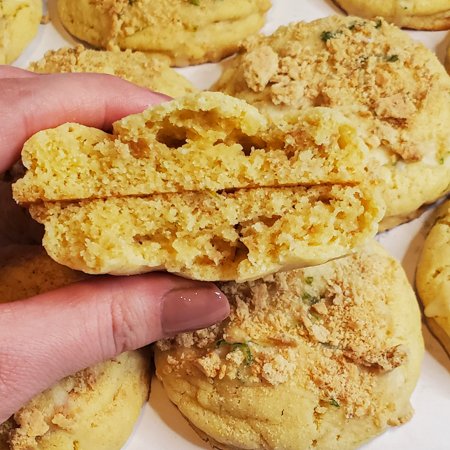Egg Whites vs. Yolks in Baking
Eggs are a very common ingredient in baked goods that play a crucial role in structure, flavor, texture, and appearance. The amount of eggs (or lack thereof) and the ratio of yolks to whites used greatly impact the final product.
Egg Whites
The egg white (or albumen) makes up about 60% of an egg’s total weight. It is comprised of 10% protein and 90% water. The major role of egg whites is to provide structure and stability. Egg whites have a stronger coagulation strength than egg yolks, resulting in the ability to whip to stiff peak state and increase in volume by up to 8 times.
Learn more about the science of whipping egg whites here!
Egg whites also do not impart much flavor or color to a baked good. All of these characteristics combined make them great for foods such as meringues and angel food cakes (pictured below) that have a delicate flavor and texture.
Laura’s Bake Lab recipes that use egg whites:
Egg Yolks
The egg yolk makes up about 40% of an egg’s total weight. It is comprised of approximately 50% water, 30% fat, and 20% protein. About 10% of the solid makeup is lecithin, a strong emulsifier (it helps combine ingredients that don’t naturally combine - like oil and water). The emulsifying property of lecithin makes egg yolks great to use in sauces and custards (like ice cream base) that need a smooth and creamy mouthfeel. Egg yolks do not coagulate as well as egg whites, so they cannot be whipped to stiff peaks and can only increase in volume by up to 4 times.
Egg yolks impart a yellow coloring and rich flavor to baked goods.





